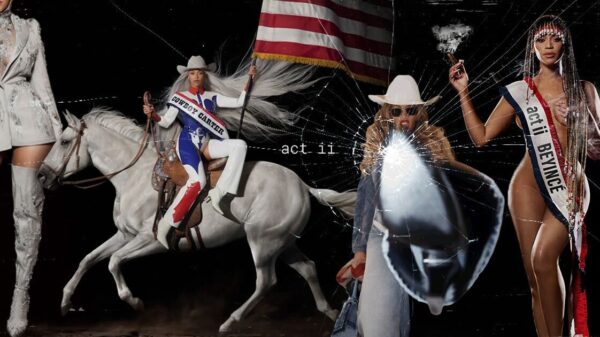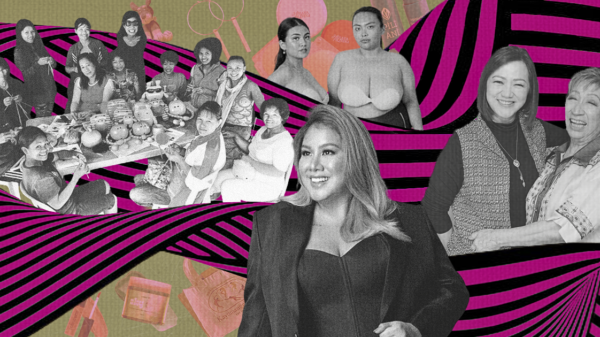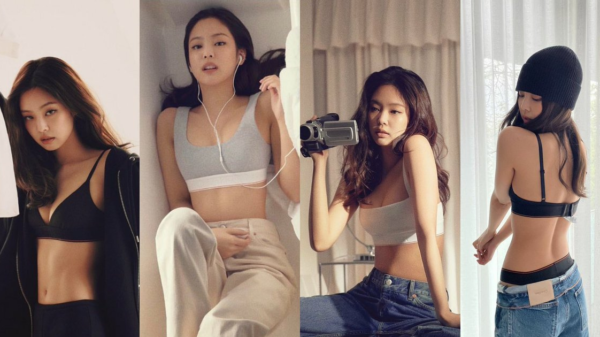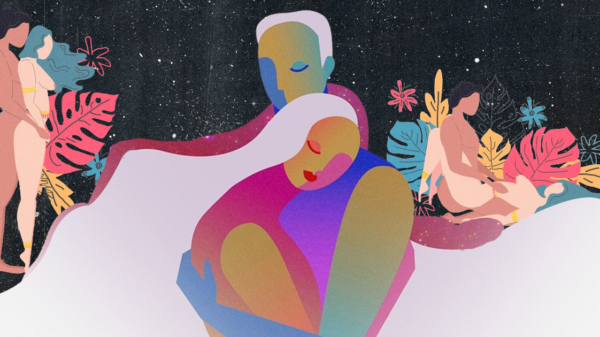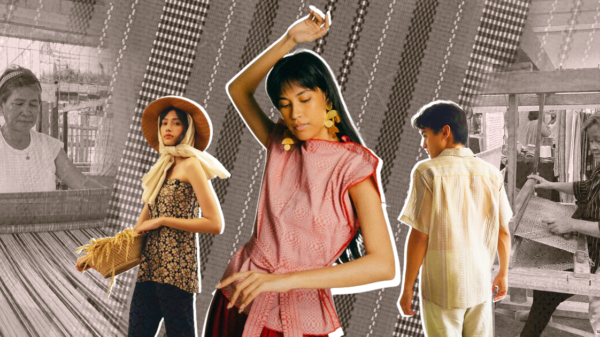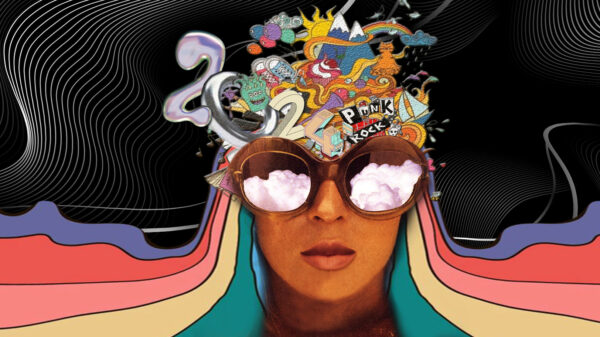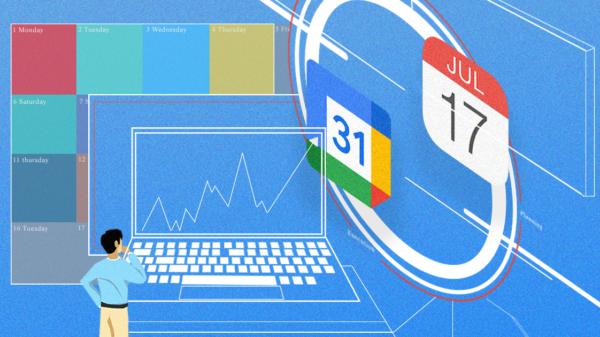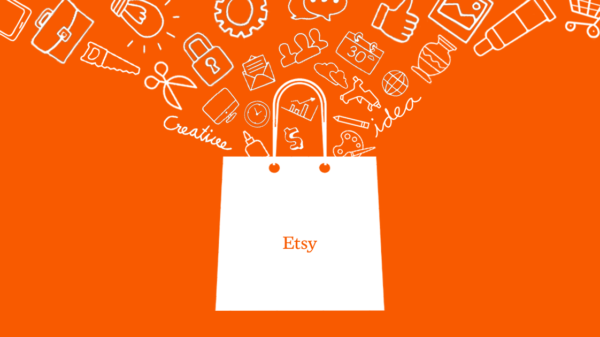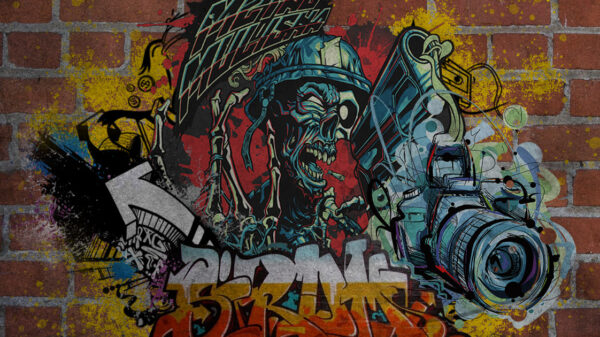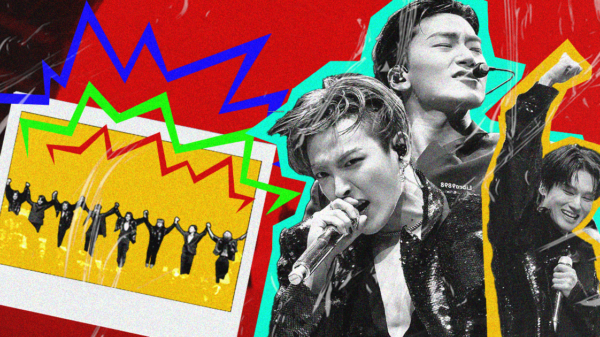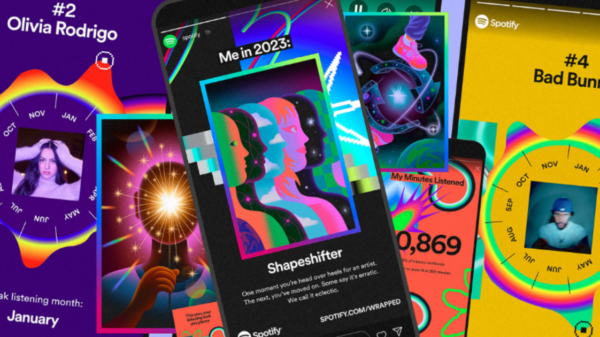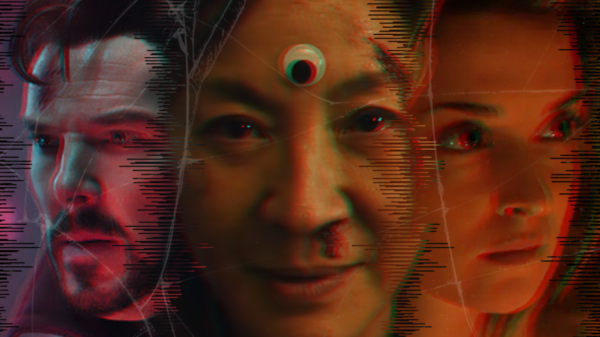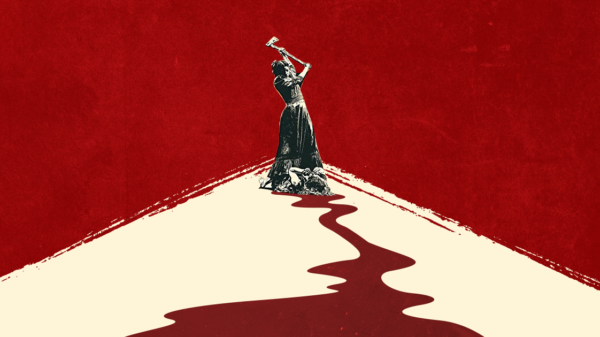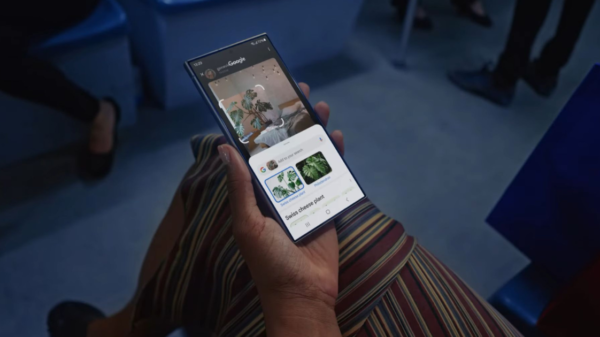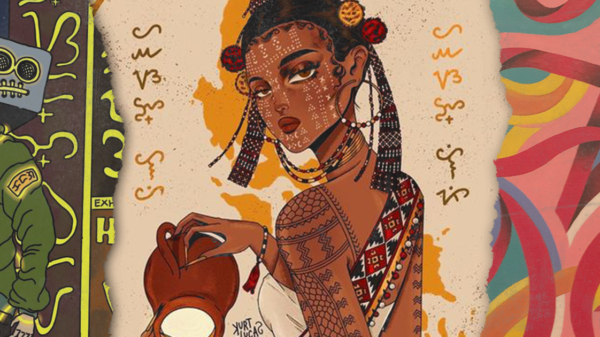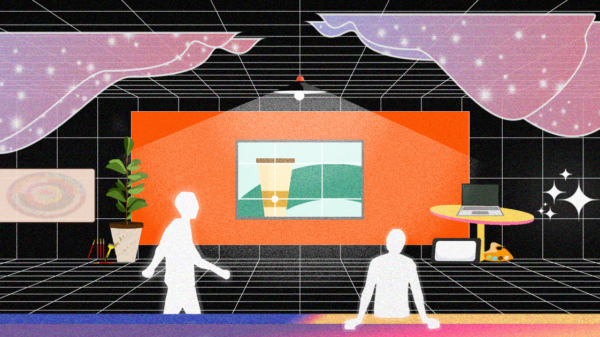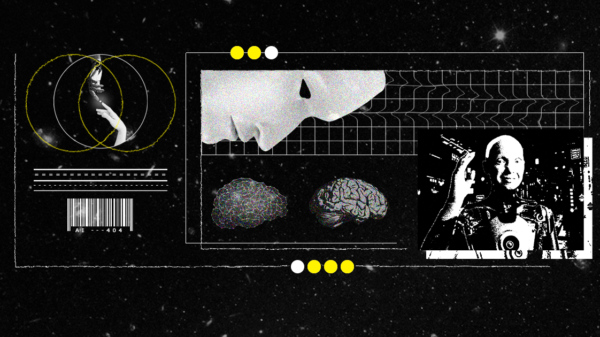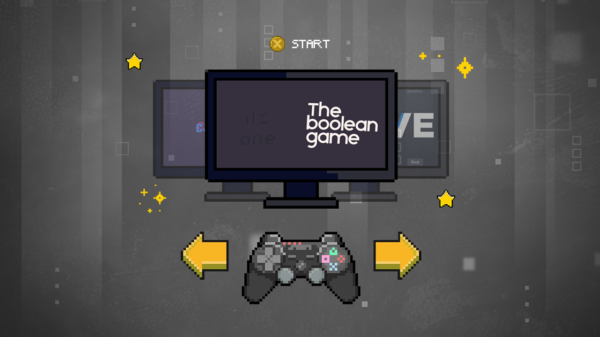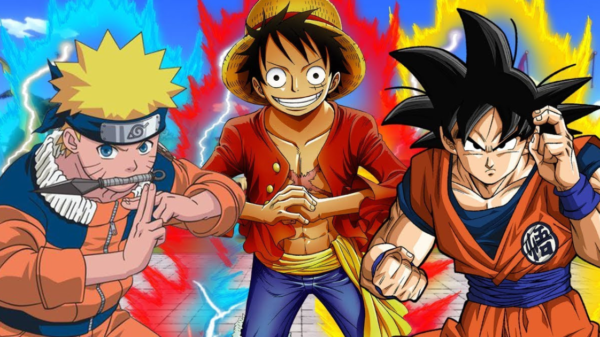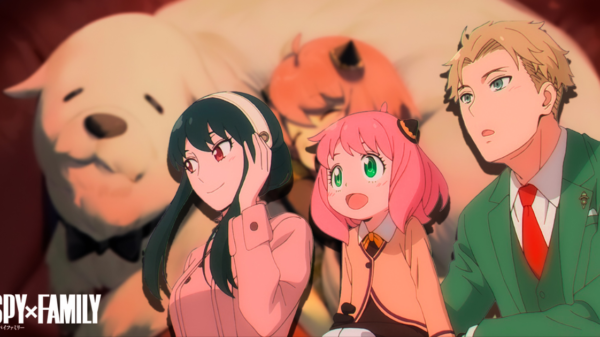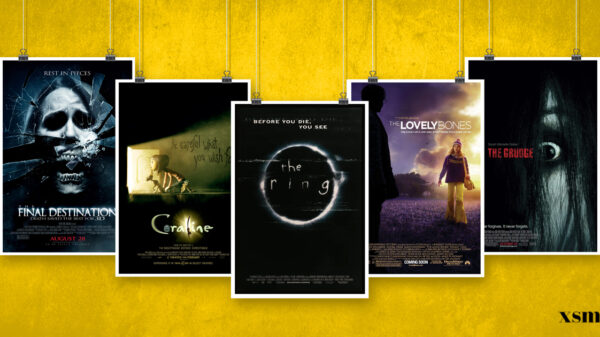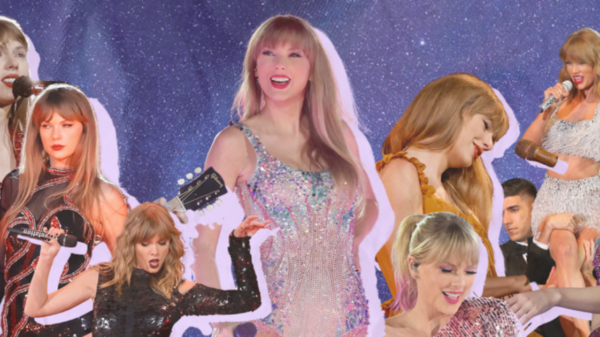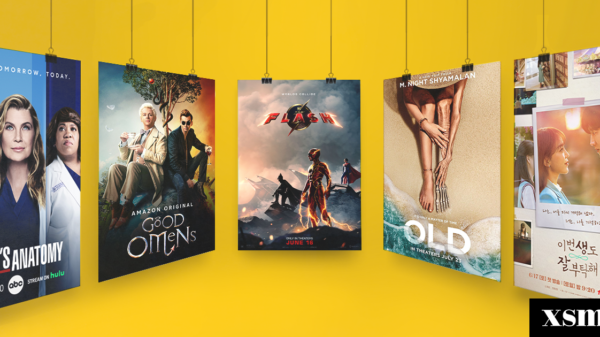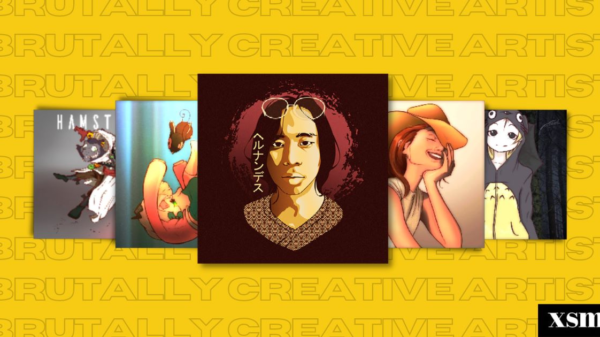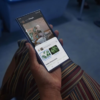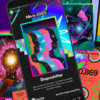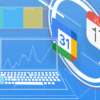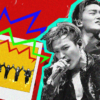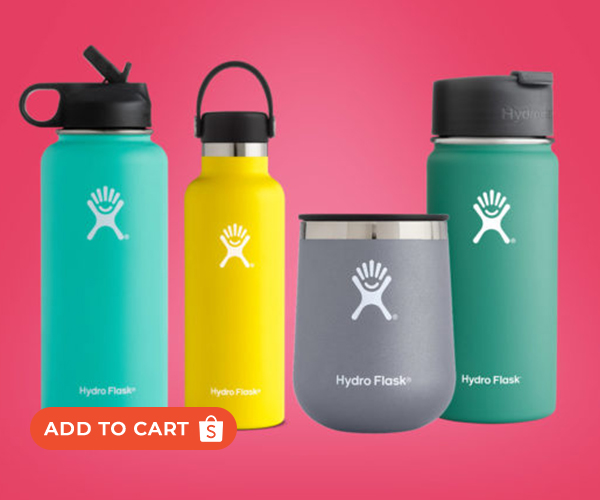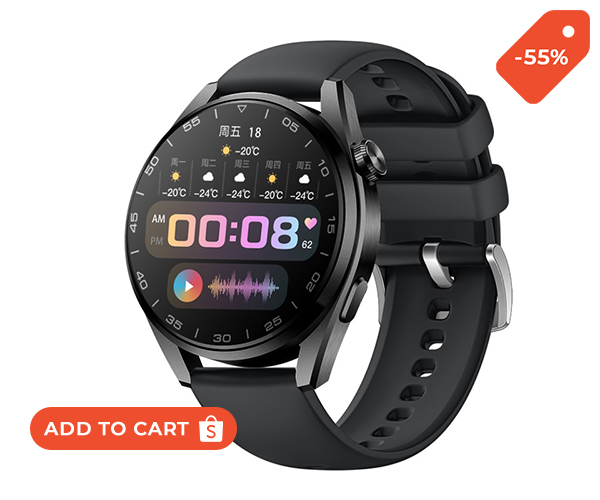In this era of technology revolutionizing various industries, the design realm has yet to be immune to the changes. Artificial intelligence (AI) has become a cornerstone of modern technology, redefining the landscape of graphic design and fostering a metamorphosis from traditional to AI-powered aesthetics. As a result, the question arises, “How is AI empowering today’s design trends?”
AI is creating an uprising in design trends, driving a new wave of innovation, sustainability, and a focus on a circular economy. Notably, the use of AI has resulted in designs that are not only appealing but also environmentally friendly, combining visual appeal with a strong sense of responsibility. From architecture to product design, AI is empowering designers to explore exceptional design possibilities and generate designs that are more responsive to audiences’ needs.
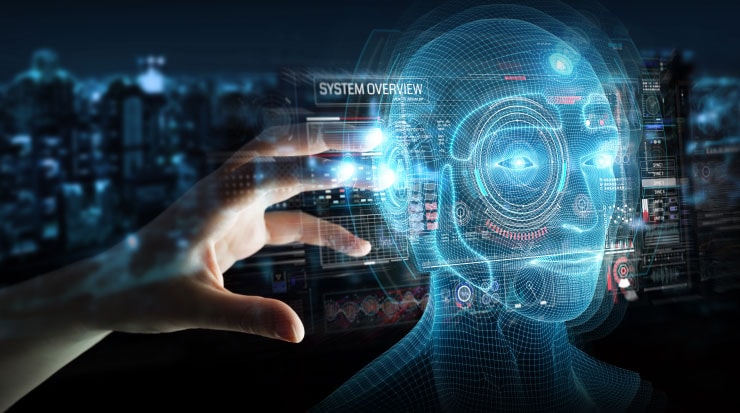
AI has its limitations. One of AI’s most significant problems is comprehending tiny emotional cues. Even though numerous programs, like AI design generators, can produce a great number of designs, the materials utilized will only be partially original. Because AI cannot make them in the absence of a database of existing artifacts. AI picks up knowledge based on input, so teaching morality to machines is challenging. In the absence of its own moral and social conscience, AI can only consume data sets naively and without bias-filtering capabilities.
INTRODUCING AI
Artificial Intelligence (AI), a mind-blowing technology, has captivated the imagination of people worldwide. But what exactly is AI? It refers to simulating human intelligence in machines, empowering them to conquer tasks that demand human cognition. It’s like giving superpowers to machines, enabling them to think, learn, and do tasks that generally only humans can do. Just like you learn from your experiences, AI allows machines to learn too. With algorithms, data processing, and machine learning at its core, AI learns, adapts, and automates like a virtuoso. It’s a clever way of making machines smarter and more like humans.
AI comes in two forms: narrow AI and general AI. Narrow AI is designed to perform specific tasks or solve particular problems. For example, have you ever talked to a voice assistant like Siri or Alexa? They can answer your questions, play music, and even tell jokes. It excels in its specific domain but lacks the broader cognitive abilities of human intelligence. AI is unlocking new possibilities and driving innovation across multiple domains. Thus, it has the ability to transform industries and enhance efficiency, such as healthcare, finance, transportation, e-commerce, and many more.
With machine learning and deep learning as subfields of AI, they gained significance in the world by targeting efficiency and effectiveness for the convenience of humans. Machine learning (ML) focuses on teaching machines how to learn from data without explicit programming. The best example of this is the accuracy of image recognition. Now you know why your girlfriend or boyfriend can’t open your phone. On the other hand, deep learning (DL) employs artificial neural networks to process vast amounts of information and extract meaningful patterns. 이해하겠어요 (Do you understand)? Yes, I understand! How? Part of the deep learning AI model training phase is to generate appropriate translations.
THE IMPACT OF AI IN GRAPHIC DESIGN
AI has been making waves in various industries, and graphic design is no exception. The integration of AI in graphic design has led to significant changes in the way designers work, the aesthetics of designs, and the overall efficiency and effectiveness of the design process.
AI has been instrumental in automating many tedious tasks that designers face, such as resizing images, creating templates, and generating design elements. This has freed up designers to focus more on the creative aspects of their work, leading to more innovative and unique designs. It even made the design more accessible to non-designers. With AI-powered design tools, anyone can create designs that look like they were made by a professional without learning complicated software or design principles.
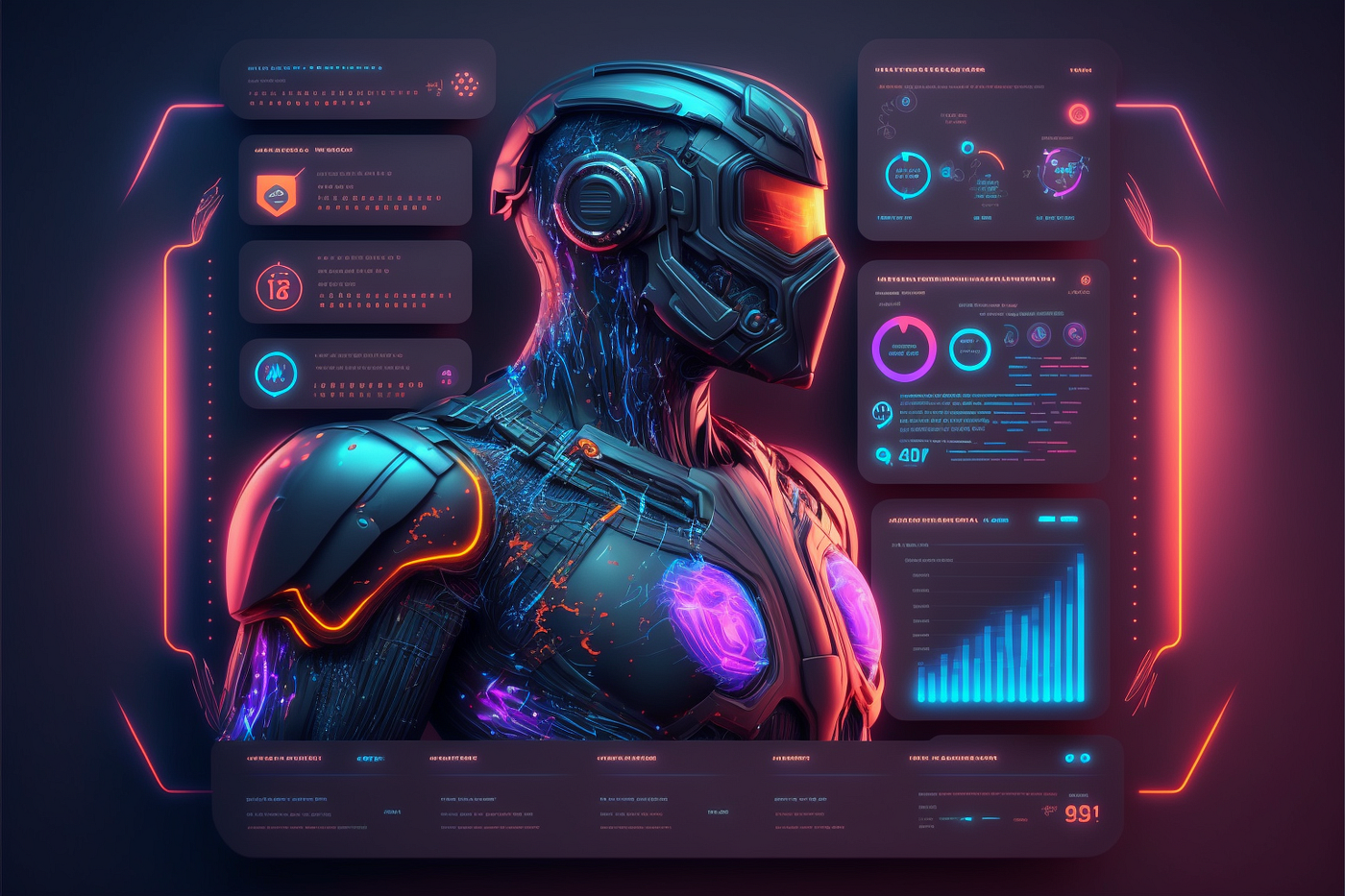
However, the rise of AI in graphic design has also raised concerns about the future of human designers. As AI gets smarter and more able to do things independently, some people worry that human creators may become useless.
Here are some examples of AI-powered design tools:
CHAT GPT
ChatGPT is an AI model developed by OpenAI that interacts conversationally. It was trained using a variety of internet text but with the ability to generate its own responses in real-time.
DESIGNS AI
This is an all-in-one tool that lets users build, edit, and scale content with the help of AI. It was created by Inmagine Group and launched in 2019. It includes tools like Logomaker, Videomaker, Speechmaker, Designmaker, and Copywriter.
ADOBE SENSEI
This is Adobe’s artificial intelligence (AI) and machine learning (ML) tool. It gives all Adobe products smart features, making them more useful and easy to use. Adobe Sensei uses AI and machine learning to automate mundane tasks, freeing up creatives to focus on their vision.
UIZARD
Uizard is an AI-powered design tool that allows users to transform wireframes into user interface (UI) mockups and prototypes. Uizard is popular for its ability to convert hand-drawn sketches into digital designs.
DEEP ART EFFECTS
Deep Art Effects is an AI-powered tool that lets users turn their pictures into works of art. The tool uses AI algorithms to copy the styles of well-known artists and apply them to pictures that. It’s popular because it can make artistic versions of special everyday shots.
LET’S ENHANCE
This is an online platform using AI to enhance images. It can eliminate JPEG artifacts, fix pixelation, fix colors and lights, and improve colors. It’s useful for creative professionals, printing high-quality images and generating AI art.
These AI-powered tools are revolutionizing the graphic design industry by automating many of the time-consuming tasks that designers face, allowing them to focus more on the creative aspects of their work. They also make design easier for people who aren’t designers to understand, so more people can get into the field. As AI keeps getting better and more integrated into the design process, it’s clear that it will continue to significantly affect how things look and how well they work. The key for designers will be to embrace this technology, adapt to its capabilities, and find ways to leverage it to enhance their creativity and efficiency.
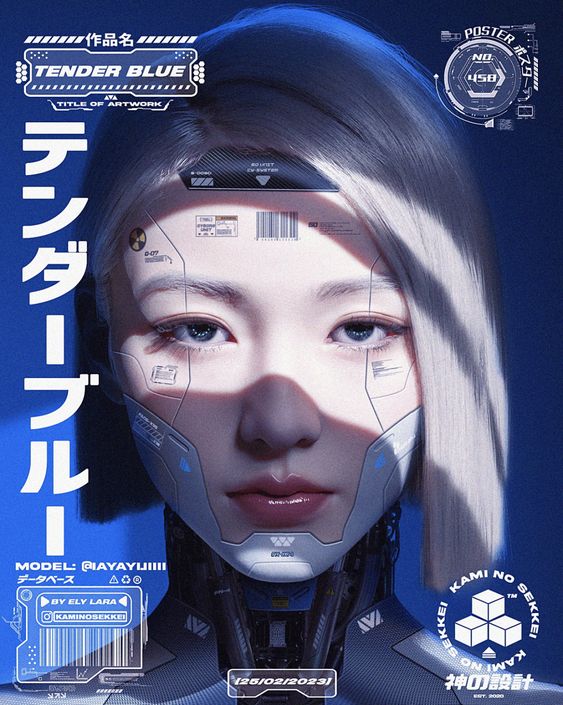
The examples of AI-powered design tools mentioned above are a testament to the transformative power of AI in redefining the visuals in graphic design. Innovation is made easy when it comes to having a set of materials you don’t need to resource online or on hand. AI-powered design tools can automate repetitive tasks and streamline the design process. These tools can generate design layouts, suggest color schemes, create typography options, and even produce complete design concepts. When it comes to image editing and manipulation, AI algorithms, particularly those based on deep learning, have made significant advancements. AI-powered software can automatically remove backgrounds, enhance images, retouch photos, and apply stylistic effects. Naturally speaking, this comes in handy, especially for users. AI enables designers to create personalized user experiences by analyzing user data and preferences. By leveraging machine learning algorithms, designers can tailor graphics, layouts, and content to specific users or user segments.
This helps enhance user engagement, satisfaction, and conversion rates. AI can also assist in creating visually appealing and informative data visualizations. It can automatically process complex data sets, identify patterns, and generate visual representations that are easy to understand. This helps designers present data in a more engaging and accessible manner. On the other hand, AI plays a crucial role in enhancing AR and VR experiences. Designers can leverage AI algorithms to create realistic virtual environments, generate interactive 3D graphics, and improve the realism of virtual objects. This opens up new possibilities for immersive and visually stunning design experiences.
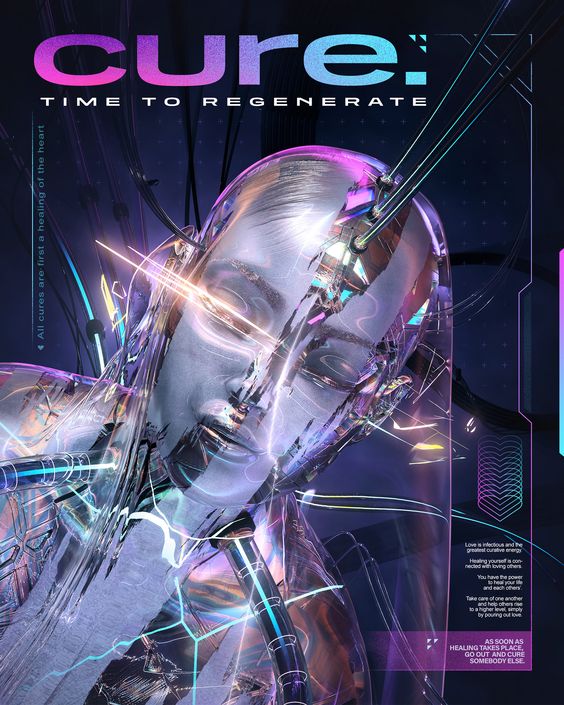
In a nutshell, AI is transforming graphic design by automating mundane tasks, expanding creative possibilities, and enabling designers to create more personalized and impactful visuals. However, it’s important to note that AI is not a replacement for human creativity and expertise but rather a powerful tool that enhances and augments the designer’s capabilities.
As AI continues to advance and become more integrated into the field of graphic design, designers face several challenge including:
Skill Adaptation: Designers need to adapt their skills and learn how to work with AI-powered tools and software. Nowadays, some companies would want to have their employee a level of understanding when it comes to AI.
Job Displacement: AI automation has the potential to replace certain repetitive and mundane design tasks. This can lead to concerns about job displacement among designers who fear that AI will render their skills obsolete. Well, as for some– they still prefer ‘working humans’ than AI but some companies just opt to use AI for some pacing reasons.
Ethical Considerations: AI in graphic design raises ethical questions regarding ownership, copyright, and plagiarism. AI-powered tools can generate designs that closely resemble existing works, leading to concerns about intellectual property rights and originality.
Design Intuition and Personalization: Designers often rely on their intuition and personal touch to create unique and compelling designs. With AI-generated designs, there can be a challenge in maintaining a distinct design style and creating a personalized experience.
Client Understanding and Education: Educating clients about the capabilities and limitations of AI in design can be challenging. Clients may have unrealistic expectations about what AI can achieve or may be hesitant to adopt AI-powered design solutions.
By addressing these challenges, designers can effectively harness the power of AI while maintaining their creative edge and delivering value to their clients and audiences.
THE PRESENT AND FUTURE OF AI IN THE GRAPHIC DESIGN INDUSTRY
Artificial intelligence has rapidly evolved from science fiction to a powerful reality that is shaping our world. Ever been reminded of the film I, Robot (2004)? Just as depicted in that film, AI is increasingly being employed in manufacturing, healthcare, and logistics to perform repetitive or hazardous tasks, improving efficiency and safety. Therefore, the present achievements of AI demonstrate its transformative power, revolutionizing industries and improving daily life. It has become an integral part of our interconnected world. AI will continue to evolve, enhance, enable, fuel, and redefine how we interact with technology.
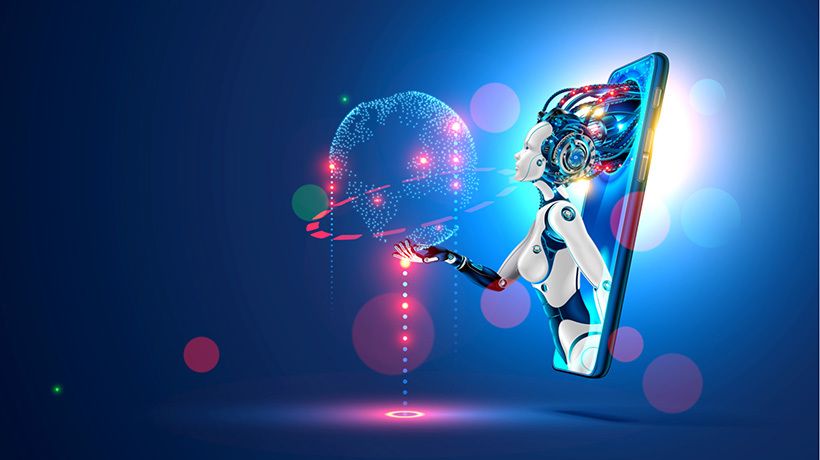
The future of AI in the graphic design industry is set to be transformative. AI will become an integral part of the design process, automating repetitive tasks and enhancing creativity. It’s already being used to generate creative ideas and improve design processes. Its role is expected to grow in content creation, design generation, and optimization. However, ethical considerations, transparency, and accountability must be addressed as AI evolves. Collaboration between humans and AI will be essential, leveraging their strengths to foster innovation and address complex challenges. While AI may not replace human designers, it will augment their capabilities, making the design process more efficient and innovative. The future of graphic design will see AI and human creativity working hand in hand to redefine visuals through AI-powered aesthetics.





